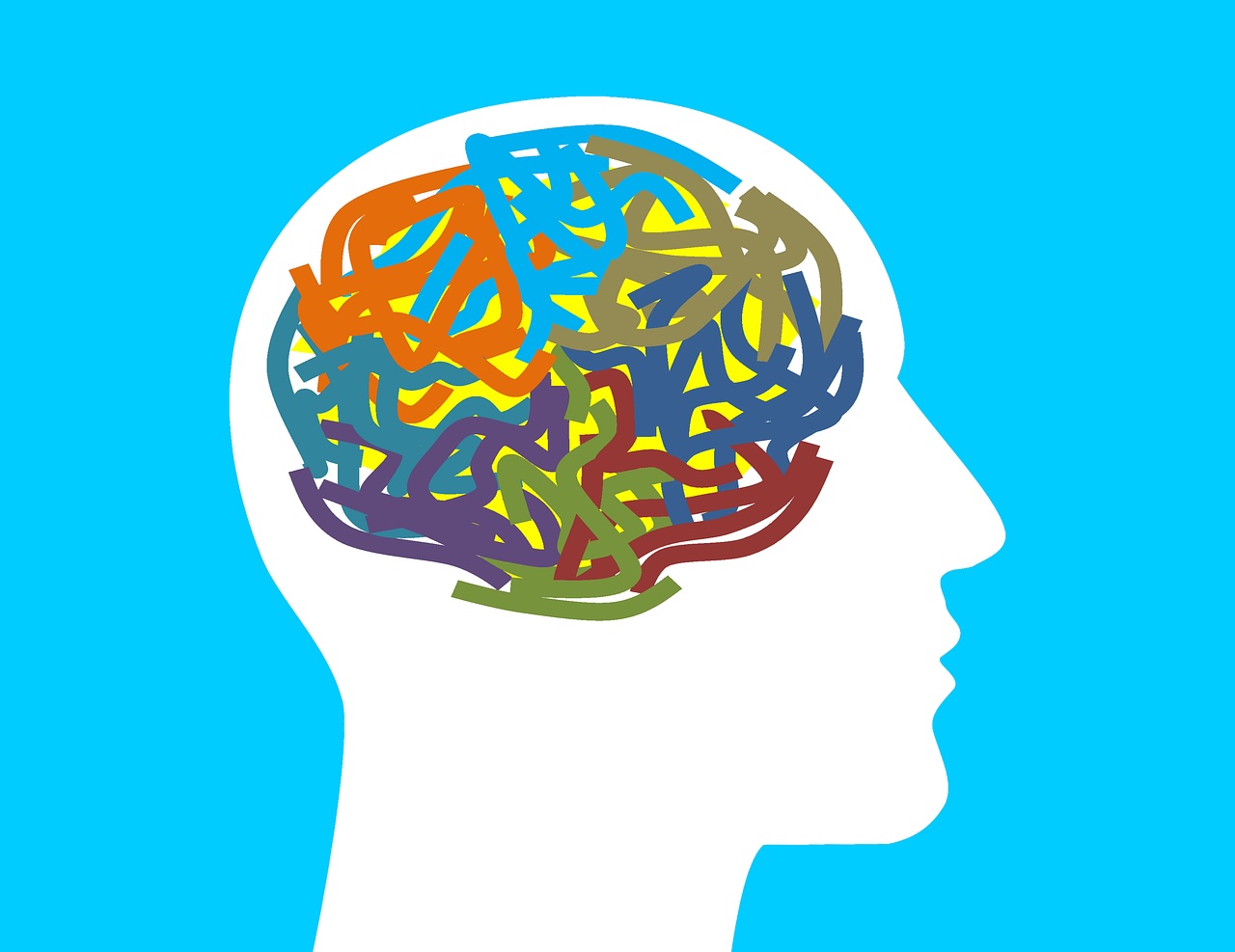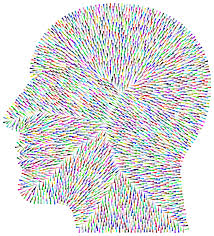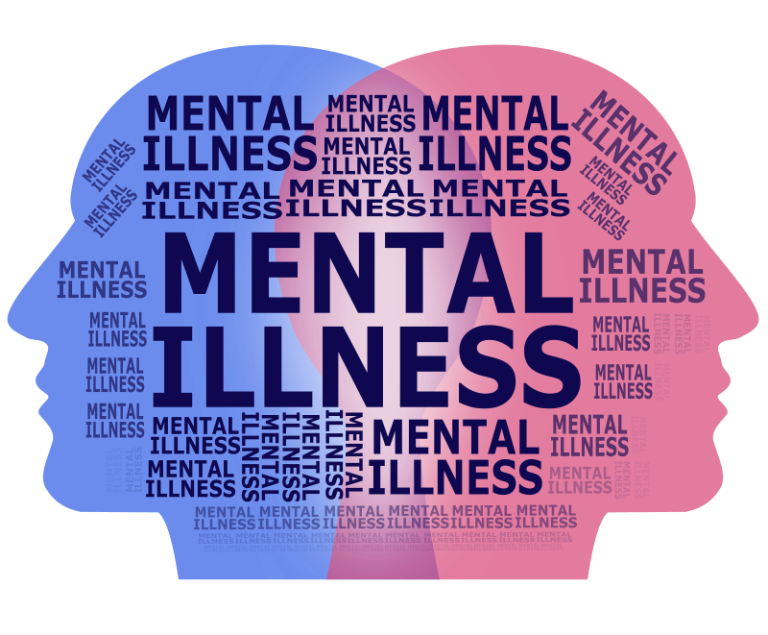Do Men and Women Experience BPD Differently?
If you care for someone with Borderline Personality Disorder (BPD), you may have noticed how differently the condition can show up from one person to another. Some loved ones are outwardly angry or reckless. Others seem overwhelmed by emotions or quietly suffer inside. A recent research study helps explain why this might be: men and women often experience BPD in different ways.
In 2022, researchers reviewed over 100 studies from around the world to see if there are consistent differences between men and women diagnosed with BPD. Their findings can help carers like you understand what to expect — and how to support your loved one more effectively.
How BPD Symptoms Differ
One of the clearest patterns was in how symptoms appear. Men with BPD are more likely to show “externalising” behaviours — like aggression, impulsiveness, and substance use. These can make it harder for them to access the right kind of mental health support, as their difficulties may be misread as behavioural problems.
Women, on the other hand, tend to show more “internalising” symptoms — like strong mood swings, anxiety, self-harm, or unstable relationships. These emotional patterns often lead to more visible distress and are more likely to bring women into contact with mental health services.
As a carer, this difference can affect how you experience your loved one’s behaviour — and what kinds of support you may need for yourself.
Other Mental Health Conditions
The review also looked at other mental health problems that often appear alongside BPD. Men with BPD were more likely to also have substance use disorders or antisocial traits. Women were more likely to have anxiety, eating disorders, and mood disorders like depression.
This matters because these other conditions can make BPD harder to manage — and may need their own support strategies.
What About Childhood Trauma?
Many people with BPD have had difficult or traumatic childhoods. The review found some evidence that women with BPD were more likely to report childhood abuse, especially sexual abuse. For men, the picture is less clear — physical punishment may be more common, but men are also less likely to report abuse, which may skew the data.
Even when it isn’t talked about, early life stress can shape how BPD develops. As a carer, knowing this can help you respond with empathy, even in hard moments.
What Does Biology Tell Us?
The researchers also looked at biological studies — things like hormone levels, brain scans, and brain activity. Some patterns were found. For example, women with BPD showed differences in certain brain areas and hormone levels compared to healthy controls. Men showed different brain changes and reactions to stress.
But this area is still developing, and findings were mixed. It’s clear that BPD affects the body as well as the mind, but we don’t yet fully understand how sex-based biological differences impact the condition.
Differences in Treatment and Support
One important finding was how differently men and women access care. Women were more likely to receive psychological therapies like DBT or CBT and to take medications for anxiety or depression. Men were more often referred to drug and alcohol treatment or given antipsychotic medications.
Men were also more likely to drop out of therapy or say it didn’t help. This could be because therapy often doesn’t feel geared to their needs — or because men may find it harder to talk about feelings due to social expectations around masculinity.
If you’re supporting someone who struggles to engage with care, this can be especially hard. But knowing these patterns can help you find ways to keep the door open to support — or advocate for approaches that work better for your loved one.
What We Still Don’t Know
While this review answered many questions, it also showed how much is still unknown. Most studies were from Western countries, meaning we don’t know much about how BPD shows up in other cultures. And while this study focused on biological sex (male/female), it didn’t explore gender identity — another important area for future research.
We also need more studies on how treatments can be adapted for different needs, and how early life experiences affect long-term recovery.
Why This Matters for Carers
BPD can be hard to understand and even harder to live with. When you’re the one supporting someone through crisis, confusion, or conflict, it’s easy to feel overwhelmed. This research helps bring clarity to some of the differences you may see — and gives you insight into what’s going on beneath the surface.
By learning about how BPD affects men and women differently, you can better understand your loved one’s experience and feel more equipped to help them. You can also feel more confident talking to professionals, asking the right questions, and making decisions about care.
Want to Read More?
If you’d like to explore the full academic study behind this blog, it’s available for free here:
Sex differences in borderline personality disorder: A scoping review (PLOS ONE, 2022)
💬 Caring for someone with BPD?
👉 Book a FREE One2One support session
🧠 Join our FREE webinars and peer groups
📩 To book email us at: info.bpduk@gmail.com
Discover more from BPD UK
Subscribe to get the latest posts sent to your email.




